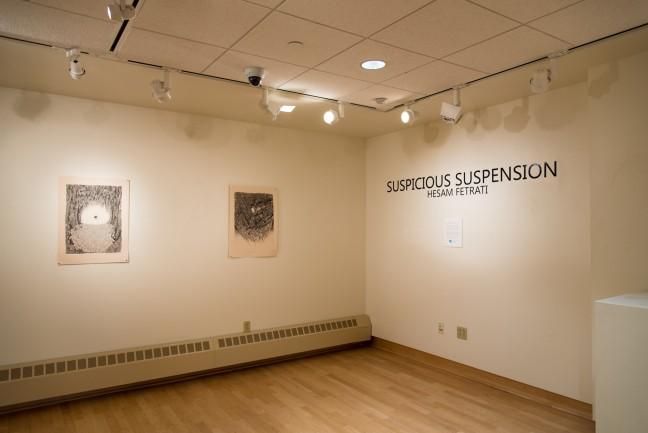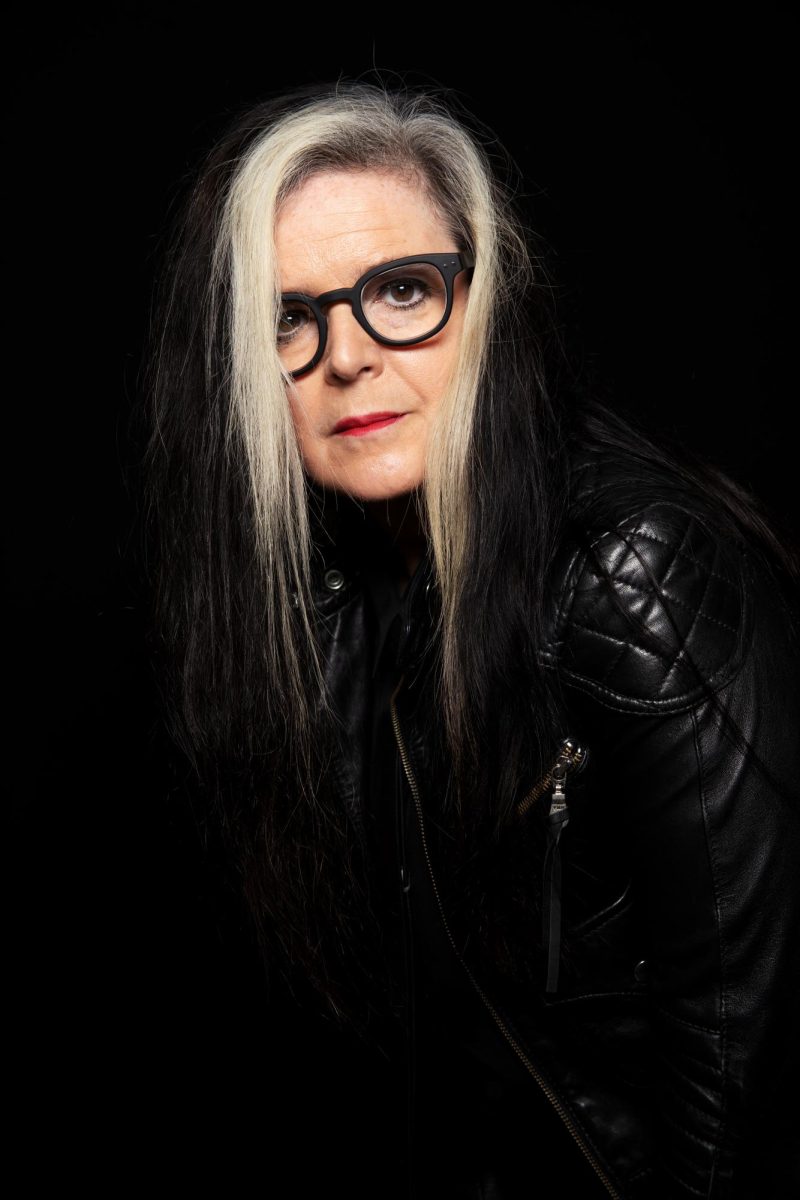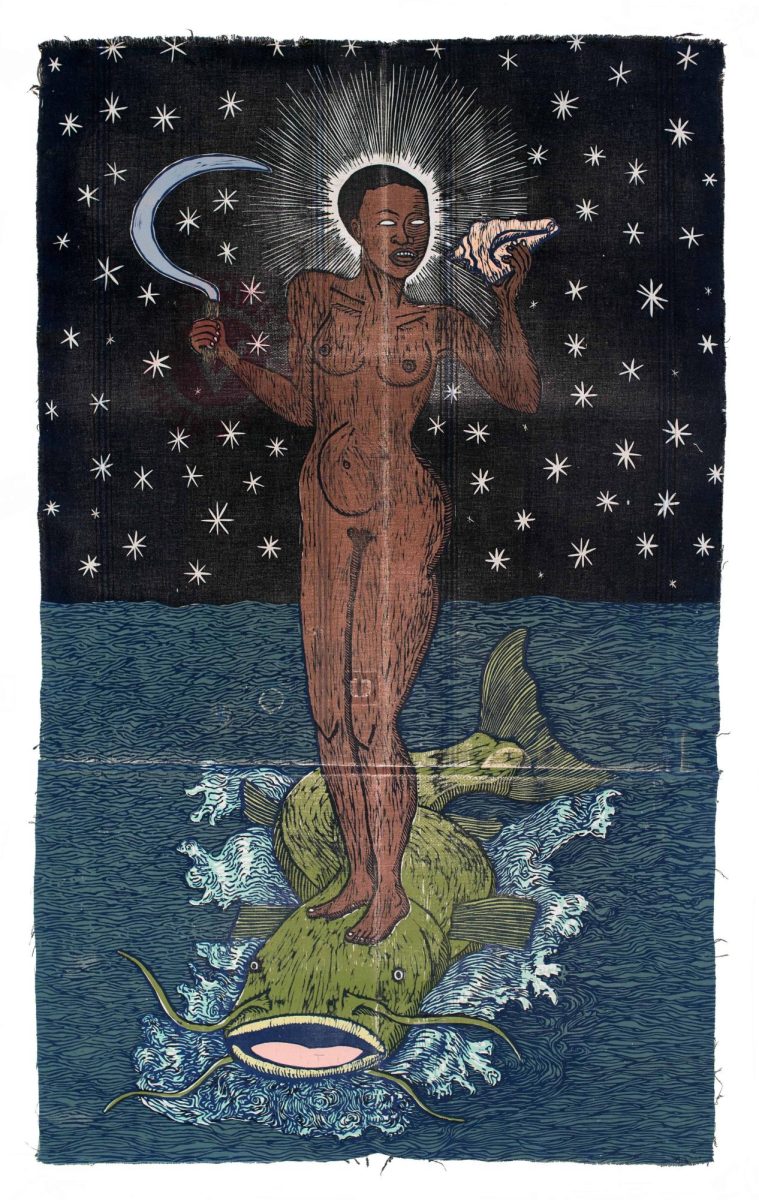Hesam Fetrati heavily incorporates gruesome and bleak imagery in his art, but not for the sake of its fear factor.
In the WUD Art exhibition, “Suspicious Suspension,” running until March 29 in the 1925 Gallery of Memorial Union, Fetrati attempts to explain displacement and despair through daunting, yet effective displays.
Fetrati focuses on dreary images that are equally introspective as they are frightening. His work contains many unusual reoccurring objects and themes, such as the use of detached eyes, abandoned suitcases and horrifying fish-like monsters.
Each piece in the exhibit is a metaphor for separation, distress and discomfort caused by the unknown. Fetrati’s inspiration lies in both his own experiences, along with the experiences of refugees and those stuck in transition between one culture and another.

In Fetrati’s piece “False Hope,” he displays a tragic scene of people leaving behind possessions and suitcases to board into the mouth of a decomposing sea monster. This unsettling spectacle demonstrates the pain and disaster that can follow departure from home. In another one of Fetrati’s works, “Blindness Series,” he displays a scene of blindfolded people sobbing, surrounded by buckets full of eyeballs.
Fetrati uses these metaphors to reveal his message in a more thought-provoking manner that invokes deep feelings in everyone — not just those who have experienced the isolating feeling of displacement.
Despite only using black ink, Fetrati’s art is filled with
contrast, due to his use of intricately sharp lines and intense shading. He utilizes simple black ink to parallel and reference ancient modes of communication and broadcasting.
The collection of works shown in the exhibition seem to tell a story, each piece enforcing the message and becoming more clear. One begins to feel the point-of-view and emotions of the fearful people depicted.

The dark and monstrous images allow viewers to experience emotions themselves, without the artist telling them how to feel about each image. Fetrati gives onlookers the situation and context, and allows them to pass judgment as they please.
Fetrati’s peculiar style draws immediate attention from painful and gruesome imagery. His entire images are in motion, and don’t contain any elements of tranquility or peace. Fetrati displays and brings awareness to the problem, so that audiences can ponder the solution — on their own terms.














